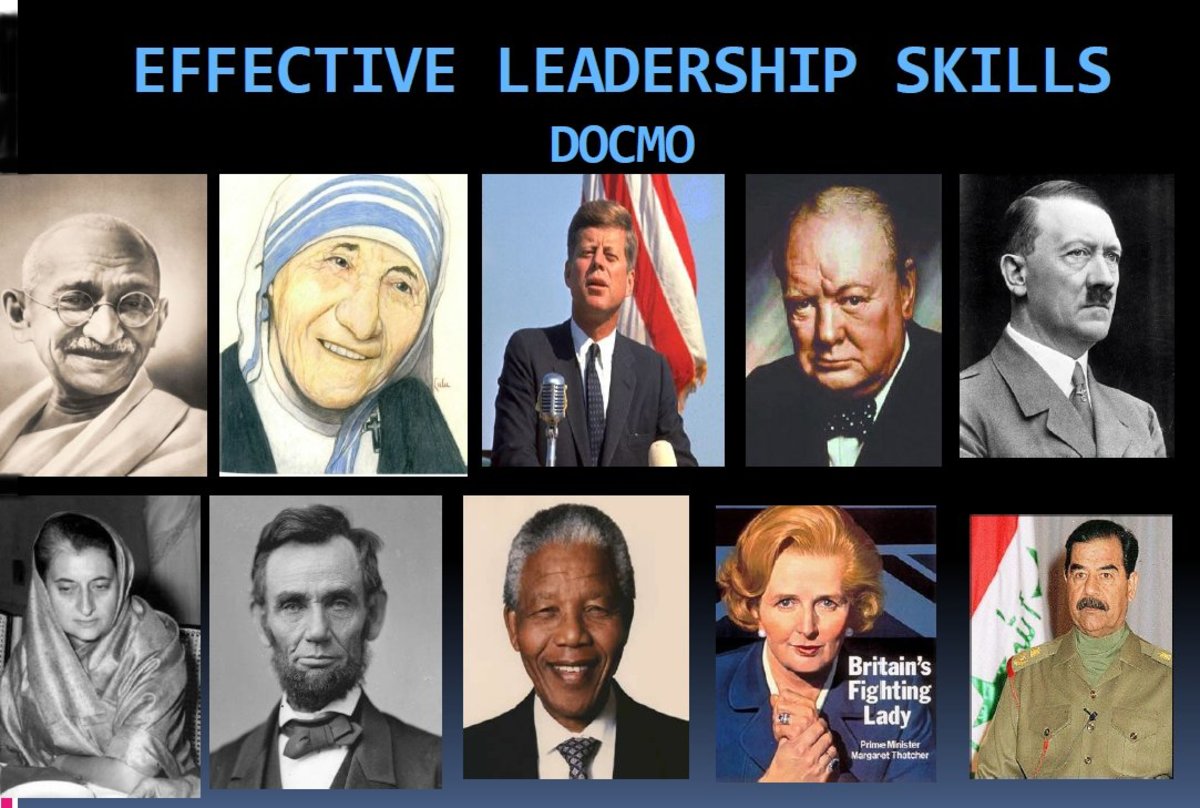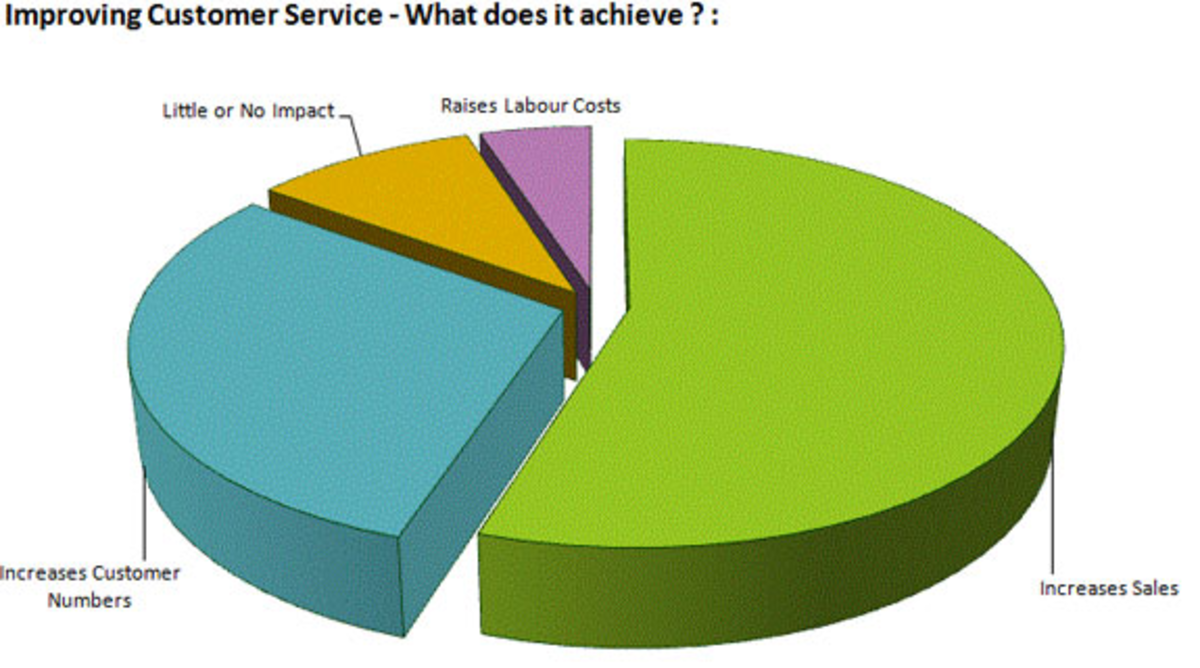5 Ways To Increase Your Leadership Productivity In 2011
Increase Your Leadership Productivity in 2011
Increase Your Leadership Productivity in 2011! A requirement of any strong business leader in a challenging economy is the ability to “do more with less”. The ability to achieve better results, with fewer resources. To drive more sales, when businesses and consumers are spending less.
How will you achieve better results in 2011? Here are five proven methods to increase your leadership productivity in 2011.
- Increase Employee Ownership & Accountability
- Clearly Define Big Projects Or Initiatives
- Create and Execute on a Written Plan
- Ask For Help
- Keep a Pulse On & Improve Employee Morale
Watch Patrick Dixon, a Unique Business Motivation Speaker
Increase Employee Ownership & Accountability
Increasing employee ownership and accountability is the first method to drive increased leadership productivity in 2011.
We’ve all heard the term “too many cooks in the kitchen”. You may have seen this in action during your last Thanksgiving where your kitchen was filled with various relatives all trying to be in charge at the same time. The result.. mayhem, chaos, delays in the food getting onto the table.
You will achieve the same chaos at work if you assign multiple owners to the same business project or initiatives. When there are multiple leaders assigned it’s often unclear who does what, it creates ambiguity and ultimately decreases work productivity.
To increase productivity, you need to assign one owner or business lead. This person ultimately owns the success or failure of the work item and whether it gets done on time within budget. They’ll be responsible for creating the work team, setting up the meetings and determining the timelines.
Once you have assigned the owner, you can increase their feeling of personal accountability by making it public. This is the name on the memo, the project plan or the email. The more people who know about the assignment, the more accountable the owner will feel. Telling your boss or their peers helps as well.
Set clear expectations to the owner for updates and reports on the progression on the assignment. For example: verbal updates in weekly one on ones and staff meetings or written updates to project plans. There are many options, just set the timing and the methods up front.
Show your enthusiasm and support for the work item. As you delegate work, use statements like “I am really excited about X project. It will make many employees jobs easier and improve customer service by at least 10%. It’s a really important initiative.” Enthusiasm is contagious. More work is likely to get done, if the owner is enthusiastic and understands the direct link between the project and end results.
Clearly Define Big Projects and Initiatives
I’ve been involved in a number of large projects and initiatives and when it’s not clear what the group is really trying to accomplish, productivity goes down. When given a new project or initiative, clearly definite it using the three-question approach:
- What is the ultimate project goal or deliverable? Desired future state?
- What is the current state situation?
- How do I fill the gap and get from here to there? What do I need to do, in order to bridge the gap between current state and the desired future state?
If all three questions are not discussed, debated and/or decided it will be very hard to move the project forward.
I was recently in a meeting (as project participant) regarding a specific work initiative and the meeting attendees asked the meeting facilitator, “Are we here to define the product offering, launch the product or discuss supporting the product after rollout?”. This lack of clarity resulted in wasted meeting hours and delays with the product launch.

For example, as a sales leader, you may be asked to increase sales by 25% over the next 12 months. Your current sales are $1 million. The desired future state is $1.25 million.
Your current state analysis may include a review of which products are growing in sales and which products have been declining. You may want to review your sales staff.. i.e. which Reps are exceeding sales quotas and which Reps are struggling. You may also want to bring in customer feedback and a competitive analysis.Once you have a clear view of current state, it should be easier to identify tasks needed to fill the gap. Increase sales by 25% may break down into three smaller pieces such as- Identify bottom 10% of sales staff and institute Boot Camp sales training and coaching program
- Change sales commission plan, increase support of product lines Y & Z. Remove product line P,
- Partner with marketing to introduce three new colors of product line Y.
Keys To Effective Project Plans
Create and Execute on a Documented Plan
Depending on the size and scope of the task or deliverable, you may need a formal written, plan of attack. This is the process of taking the “gap plan” you identified and assigning specific tasks and due dates.
Putting something in writing further increase the level of accountability, makes information easier to share, documents work that has already been done and defines work that is left to do, by what dates.There are hundreds of project and goal setting frameworks that can be used. You need to determine the framework that’s right for the task, industry and company culture.For project management planning ideas, you can refer to Trevr Robert’s Project Management Guide or the websiteHelp Is Not a Four Letter Word!
Get Help From Others
We’ve all heard the phrase “If I don’t do it myself, it won’t get done right.”. This may be true in certain situations but will NOT support driving increases in leadership productivity.
Almost any deliverable in a work setting will get done faster and with an increased likelihood of success, if you get help and involve others. This could be as simple as informal chats with subject matter experts or the creation of a more formal, cross-functional project team.
Subject matter experts are everywhere: Your boss, your peers, your colleagues, online on web pages, in books, magazines, seminars, networking, mentors etc. Regardless of time or budget, you can seek advice from subject mater experts.
The cross-functional team has become a staple in modern organizations today. Insight from other departments and more people do to the work tasks, in most cases, will help you execute more successfully. You can also delegate without a team even if you aren’t a manager. Other employees may be ready for something new and want to expand their horizons helping you with project tasks. Don’t be afraid to ask for help.
Motivational Speaker on Reaching Your Goals- Very Funny!
Keep a Pulse On & Improve Employee Morale
If you are being asked to do more with less, your direct reports and colleagues have likely been asked to take on more responsibility and are working longer hours. The last thing you want to see is one of your highly skilled and experienced employees leaving the organization due to too much stress or lack of job satisfaction.
You can help by maintain or improve job satisfaction by keeping a close pulse on employee morale and taking specific actions to improve it.
Provide Positive Feedback: Taking the time to give positive feedback in any form seems simple, but I have never worked in an organization where it’s truly a common enough practice. Feedback can take many forms.. verbal, voicemail, email, memos. It can be done directly or through someone’s supervisor. Whatever for it takes, the more genuine and specific it is, the greater and more positive impact it will have.
Celebrate Successes: So often, organizations move from one project to the next and never stop to “smell the roses”. By taking the time to celebrate key milestones or the completion of projects you will help improve morale ultimately leading to more engaged employees and better results on future projects.
Celebrations can take many forms. For those on tight budgets a written thank you letter or commendation for a personnel file can go a long way. You may want to provide a financial bonus or stock options, depending on the project scope. And, sometimes there is such thing as a “free lunch”.
Taking the time to stop and celebrate is what’s most important, not the form of celebration.
For more employee motivation ideas, refer to these complimentary online articles: Employee Motivation, 10 Tips To Retain Your Best Employees and Fun Employee Awards.
In Summary...
As mentioned earlier, a requirement of any successful business leader is the ability to “do more with less”, to achieve better results, with fewer resources.
These five proven methods will help to increase your leadership productivity in 2011. Do you have others you would like to share? Please add them in the comments section below.Have a very productive year! Copyright 2009/2010/2011, M. Reynolds, All Rights Reserved












